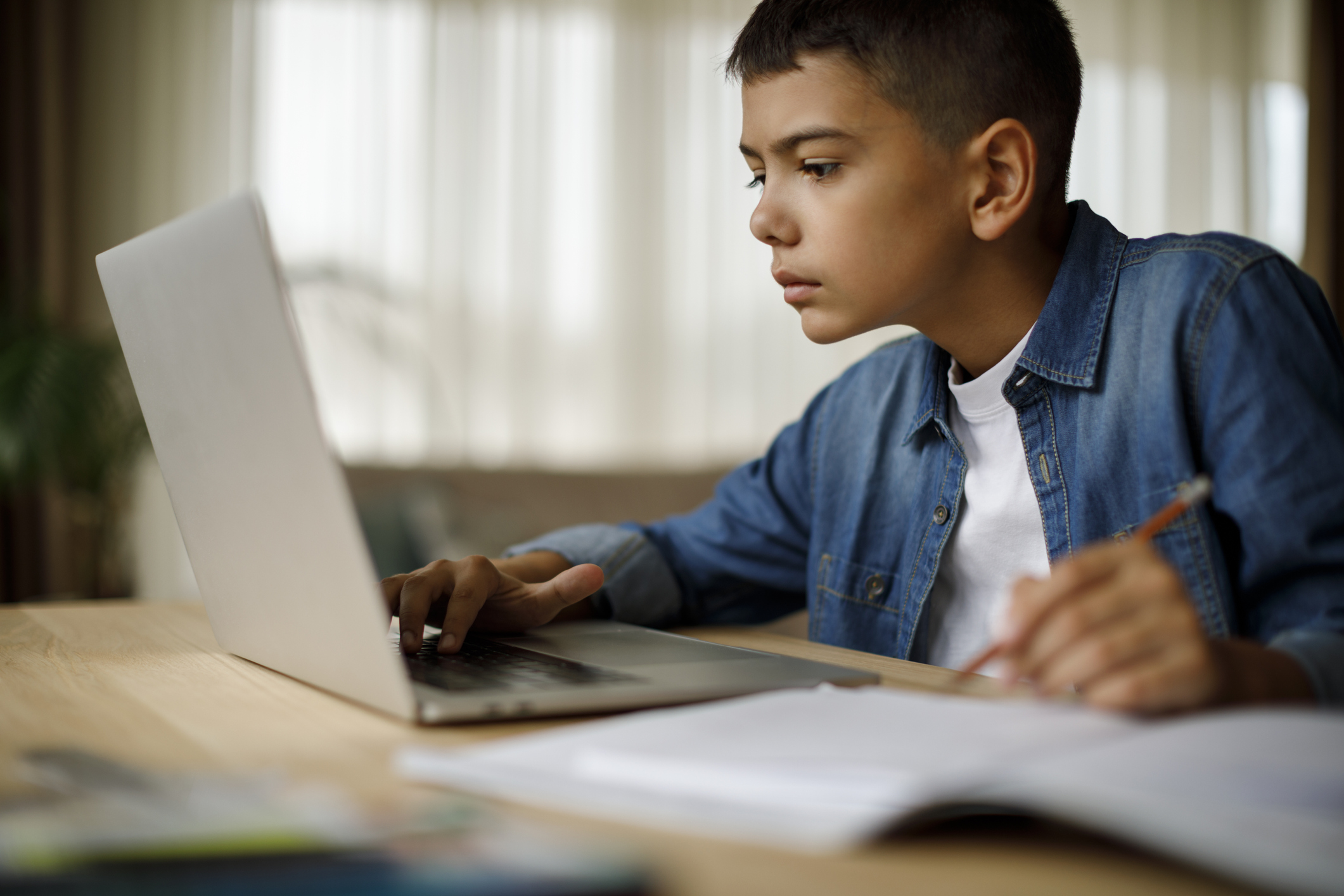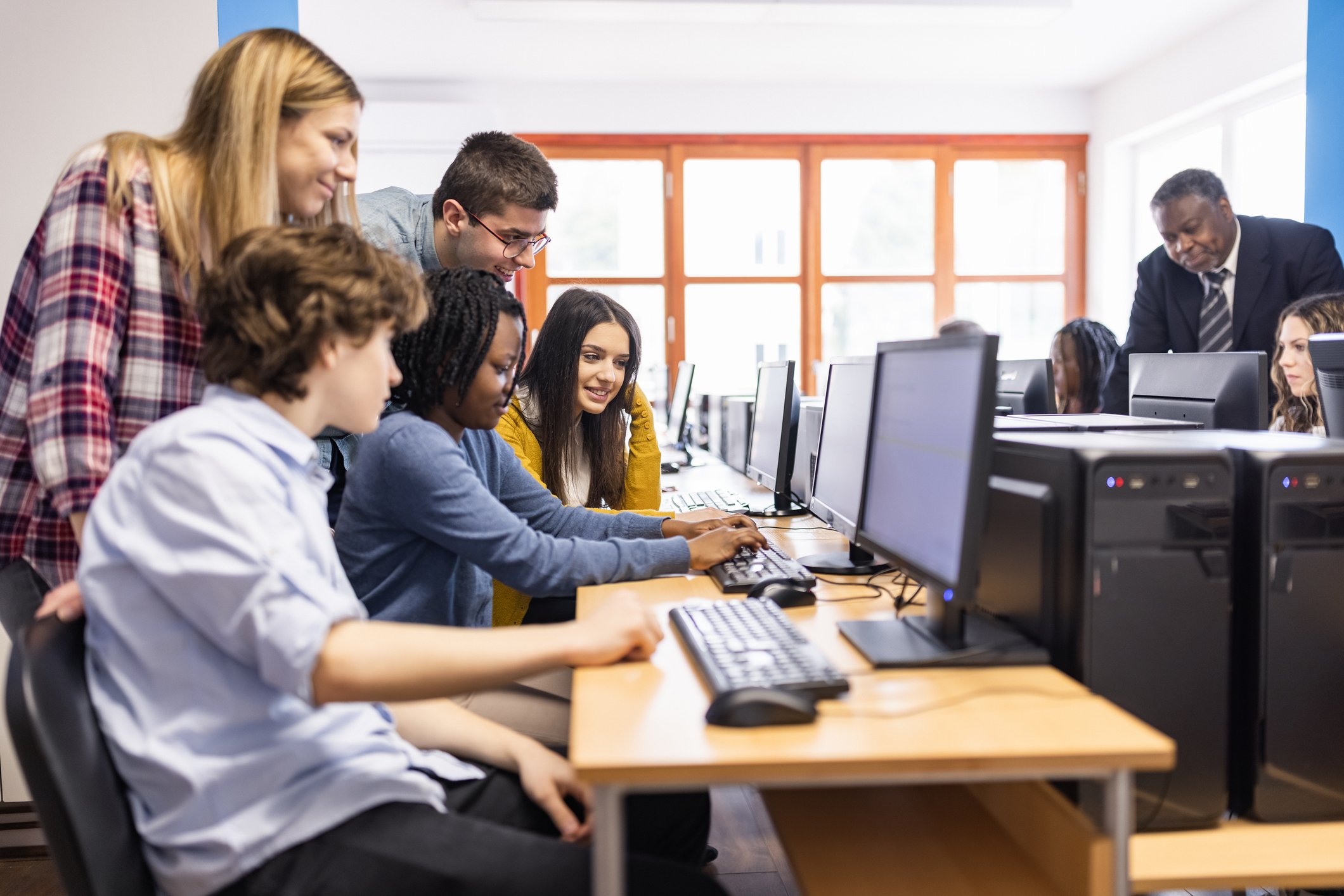
As Social Studies educators, we look at our job as preparing our students to be active and productive citizens once they leave the educational setting. Part of being productive citizens is learning to work with others and being able to think critically to solve problems. In our classroom, we need to provide our students the opportunity to develop and practice these important skills. We need to give them the opportunity to develop the necessary communication skills to work with others and the essential skills to solve problems that arise with determination and purpose.
Collaborative Learning and Problem Solving
Collaborative learning is not a new idea, It actually dates back to the days of the Greeks and Romans. They learned that when students “performed” in addition to the lecture activities the students learned more. Part of our job as teachers is to teach the content for our course, but the other part is to teach our students the skills they need to be successful members of society. Being able to face a problem and work through a solution is a skill that many of us use on a daily basis. Many of the problems we face are simple and have logical solutions, but there are many others that we don’t know the solution, we need to work through options or even seek the help of someone else. We as educators need to help our students learn how to get “unstuck” when faced with a problem.
If you have ever seen the ”Stuck on an Escalator” video on YouTube, then you know the fear of many educators. If you have not, check it out here. As you watch the video think about how your students react when they are stuck. Often times, hands go up and they say “I don’t know what to do.” As educators, we need to help them learn how to get “unstuck” when they are faced with a problem. We need to give our students the opportunity in the classroom to learn how to work through different situations. Learn the process and skills needed to solve problems.
We also need to shift our thinking away from the idea of completion to the idea of mastery and the process of learning. We often want our students to give us the right answer in order to show they understand something. However, there are times where the process of getting to an answer, even the wrong one, can help us learn even more. Allowing students an opportunity to show that they have learned a topic by being able to explain it, demonstrate the knowledge gained, apply the learning in a new way will help students take ownership of the learning process. We need to help our students accept that learning is hard and that the reward for taking the time to learn the skill will pay off later.
As educators we know the value of socialization in the development of children and adolescents. We know that many of the students in our classroom crave the opportunity to work with others. Using a collaborative approach to instruction and problem-solving can help many students develop the skills needed to be successful outside of school. Allow the opportunity to work with peers allows students to develop communication skills, listening skills, and learn how to persevere though tasks with support from others.

Classroom Application
How can we promote collaborative learning and problem solving in our classrooms? Many experts will say to intentionally give our students real world problems to solve and focus more on the process than the outcome. We need to give our students a reason to collaborate with their peers, a reason to complete a challenging yet stimulating task or problem. We need to intentionally teach “how” to work in a group, how to listen to other ideas, group expectations, how to handle disagreements, and how to build consensus. Don’t make groups too large that someone can hide in the group and not participate. Lastly, provide an opportunity for students to evaluate their progress and effort.
What does this look like in our classrooms? Take an image that connects to your unit focus. Ask students to work in small groups to identify what they see in the image and what they wonder about. Then you can build on the wonder statements to create compelling and supporting questions to guide the unit. Another suggestion is to take the idea of a List-Group-Label and allow students to work together to complete the task. Other suggestions can be a jigsaw style or a scavenger hunt. Active Classroom has numerous series available to provide students with the opportunities to examine historical and modern day problems while incorporating inquiry and Social Studies content. If you don’t have an account, check out the 30-day trial here.
As educators, if we keep our focus on creating opportunities for our students to examine problems, work together, and persevere through challenges than we are helping to shape the minds of future citizens.
Seeking more professional learning resources?
See what our professional learning department can do for your teaching
Karla Wienhold has been a Maryland educator for twenty-three years. She earned a bachelors’ degree in Elementary Education at the College of Notre Dame of Maryland in 1997, a master’s degree in Curriculum and Instruction from Loyola University in 2004, and her Administration 1 Certification from Towson University in 2009. Karla has also been a National Board Certified teacher since 2007. In her work as a certified trainer for Active Classroom, she enjoys helping to support teachers in their Social Studies instruction as a writer of curriculum maps and training them on how to use the program in the classroom as well as share her knowledge and passion as she presents webinars on various topics.
Collaborate work makes brainstorming easier for many students, especially English language learners. Working with others in a collaborative group can help students with their thinking and develop ideas that may appear absurd initially. When forming meaningful groups in the classroom, teachers can transform a lesson and push problem-solving.